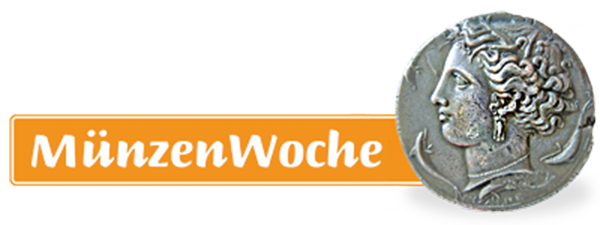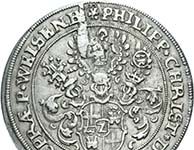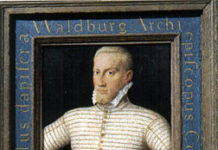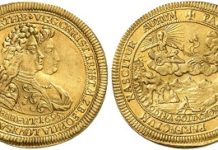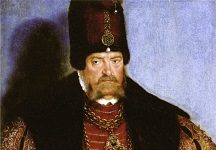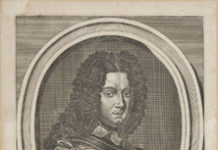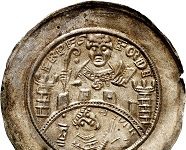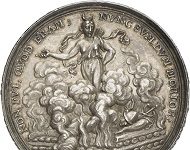Between Germany and France: A story about the fortress of Philippsburg
On June 20, 2011, Künker’s will auction a thaler of Christoph of Soetern of utmost rarity struck in honor of Udenheim. The coin was issued just after the fortress had been completed, only some weeks before it was renamed in Philippsburg. Here’s the story about the man, the coin and the fortress...
Between Prussia and Austria – The Vienna Coinage Contract
Künker offers a comprehensive selection of coins of Emperor Franz Joseph on September 28, 2011 in sale 195. This is a splendid opportunity to recall the impact of the Vienna Coinage Contract of 1857 on the Austrian currency...
The Siege of Strasbourg
During the 16th century, cathedral chapters were fiercely contested between the Catholics and Protestants. The 1592 bishop election of Strasbourg illustrates this sectarian conflict especially well by reference to several siege klippes.
Gold from Goldkronach
For centuries the mines of Goldkronach were extremely profitable. But then their abundance ebbed away. The Bavarian Kings were not willing to accept that and planned huge investments. A coin will tell you, what happened then.
Joachim II and his Jewish court factor
On February 1, 2017 the auction house Künker offers the top items from the Gunther Hahn Collection “Brandenburg-Preussen” as part of its Berlin Auction. They include some extremely rare coins of Joachim II who relied on Lipman ben Juda to conduct his financial transactions.
Charles, Landgrave of Hesse: Creator of the Military Power of Hesse
An extremely rare double ducat made of Eder-gold will be sold at Kunker’s on October 30, 2012. It reminds us of how poor of natural resources this region once had been. Hence, Charles created a resource of his own: his army.
Human faces, part 49: Hindenburg
Why was the human head the motif on coins for centuries, no, for millennia? And why did that change in the last 200 years? This episode looks at the late years of a famous military leader: Paul von Hindenburg.
The Coins of Medieval Mainz
On 21 March 2018 auction house Künker will auction off the Dr. Michael and Dr. Adelheid Loos collection of coins and medals from Mainz. This presents a great opportunity to tell the story of the city in medieval times based on the coins.
The age of alchemy
The wonders of alchemy enthralled the smartest men of early modern times. An impressive testimony to his passion is a silver medal, which will be auctioned off at the upcoming Künker Fall Auction on September 28, 2016.
A relic from Germany’s post-war era: a hoard of cigarette boxes
Time and again the happiness has been described a collector experiences when at a coin fair he finds the one, the small and seemingly insignificant object ...


